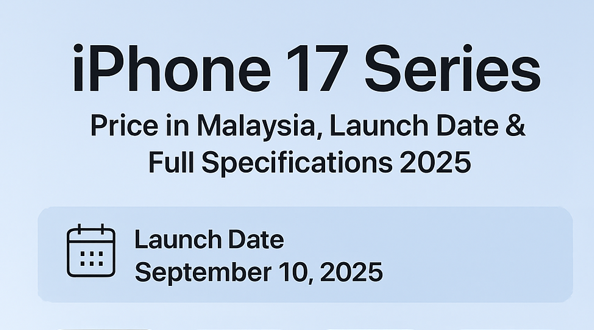
The Complete Guide to Car Loans and Insurance in the USA
Owning a car in the United States means navigating two major financial elements: car loans and car insurance. These two go hand in hand, and understanding how they work together can help you save money and avoid complications. Whether you’re buying your first vehicle or refinancing an existing one, this guide covers everything you need to know.
Table of Contents
- What is a Car Loan?
- The Role of Car Insurance
- Why Insurance is Crucial for Car Loans
- Steps to Secure a Car Loan
- Tips for Lowering Car Loan Costs
- Understanding the Insurance Component
- Connection Between Loan Terms and Insurance
- What is Gap Insurance?
- Common Mistakes to Avoid
- The Future of Car Loans and Insurance
- Real-World Scenarios
- Frequently Asked Questions
- Long-Term Financial Planning
- Conclusion
1. What is a Car Loan?
A car loan is a financing option where lenders allow you to buy a vehicle and pay over time with interest. It spreads out the cost and makes ownership more accessible.
Key Components:
- Principal: Loan amount
- Interest Rate: Cost of borrowing
- Loan Term: Duration (24–84 months)
- Monthly Payment: Includes interest and principal
- Down Payment: Initial payment to lower the loan amount
2. The Role of Car Insurance
Car insurance is legally required in the USA. It safeguards you from financial loss due to accidents, theft, and other risks.
Types of Coverage:
- Liability Insurance
- Collision Insurance
- Comprehensive Insurance
- Personal Injury Protection (PIP)
- Uninsured/Underinsured Motorist Coverage
3. Why Insurance is Crucial for Car Loans
Lenders require full coverage (comprehensive + collision) to protect the car, which serves as loan collateral. Without it, their investment is at risk.
4. Steps to Secure a Car Loan
- Assess Your Budget
- Check Your Credit Score
- Compare Lenders
- Get Pre-Approved
- Choose a Car
- Finalize the Loan
5. Tips for Lowering Car Loan Costs
- Make a Larger Down Payment
- Choose a Shorter Loan Term
- Refinance When Rates Drop
6. Understanding the Insurance Component
Requirements: Full coverage during the loan period
Premium Factors:
- Vehicle type
- Driving record
- Location
- Credit score
Tips:
- Shop around
- Bundle policies for discounts
7. Connection Between Loan Terms and Insurance
- Long Loan Terms: Require longer full-coverage periods
- Loan-to-Value Ratio: Gap insurance is useful if you owe more than the car’s worth
8. What is Gap Insurance?
Gap insurance pays the difference between your car’s market value and the remaining loan if your car is totaled or stolen.
9. Common Mistakes to Avoid
- Overborrowing
- Ignoring insurance costs
- Skipping pre-approval
- Not considering gap insurance
10. The Future of Car Loans and Insurance
- Digital Platforms: Easier comparison
- Usage-Based Insurance: Pay as you drive
- EV Loans and Policies: Specialized offers
- Autonomous Vehicles: Shifting insurance models
11. Real-World Scenarios
First Car Purchase: Jane, a new grad, buys a used sedan and bundles auto + renters insurance.
Refinancing: Mike lowers his rate and premium by refinancing and updating his coverage.
Total Loss: Samantha uses gap insurance after her car is totaled.
12. Frequently Asked Questions
Q: Can I buy a car without a loan?
A: Yes, and it often reduces long-term costs.
Q: How can I lower premiums?
A: Clean record, higher deductibles, bundles, shopping around.
Q: Is gap insurance needed for used cars?
A: It depends on depreciation and loan balance.
Q: Can I switch insurers mid-loan?
A: Yes, but the new policy must meet lender requirements.
13. Long-Term Financial Planning
- Emergency Fund: For repairs or deductibles
- Monitor Credit: Impacts loan and insurance costs
- Reassess Needs: Ensure car and coverage still fit
14. Conclusion
Understanding the relationship between car loans and insurance helps you make smart, cost-saving decisions. From securing financing to choosing the right policy, every step affects your financial health. With proper planning and informed choices, you’ll enjoy a smooth car ownership experience in the USA.
Here’s the full English version of your post, rewritten clearly and professionally for web publication. Let me know if you’d like a shorter version, blog-style formatting, or SEO optimization.etc.).





